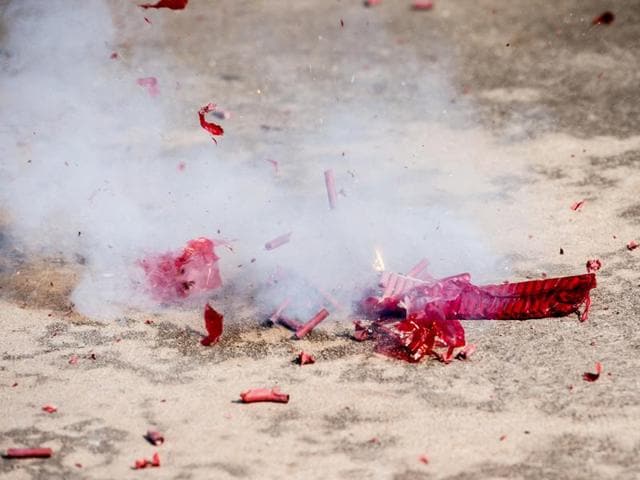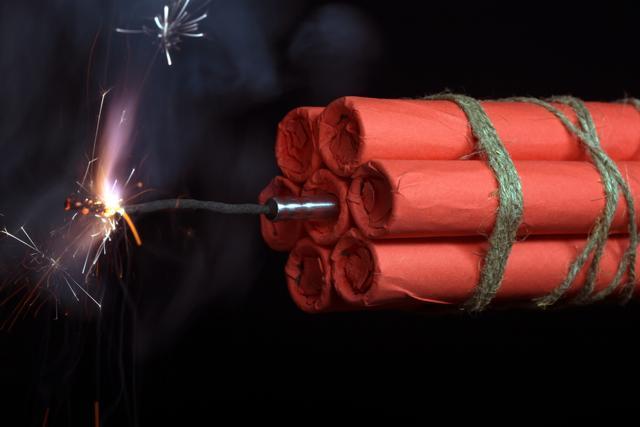How to beat air pollution during Diwali in five simple steps
Don’t light crackers or burn the trash generated the day after and other tips on surviving air and noise pollution without wrecking your lungs or damaging your hearing.
The simplest thing to do is leave town and head for the cleaner air of the hills or the coast, but for those who are stuck in the city, here are some doable tips on surviving air and noise pollution without wrecking your lungs or damaging your hearing.

1 Check daily air pollution levels in your neighbourhood before stepping out using Hindustan Times’ Air Quality Index and avoid highly-polluted areas.
2 Don’t exercise (walk, cycle or run) or play outdoors when pollution levels are high, which is usually in the morning. Instead, walk indoors in a shopping mall or head for a gym . Limit the time your child spends playing outdoors during hours when the air quality is poor and for at least three days after Diwali, which is roughly the time the bad air takes to dissipate.
3 Even in areas with low to moderate pollution, vehicular exhaust pushes up air pollution levels up to one km on either side of the road during peak hours. Drive with your windows rolled up or cover your mouth and nostrils with a facemask (N95 respirators are the most effective) or a cloth while cycling or riding two wheelers.

4 Don’t light crackers or burn the trash generated the day after. Copper, cadmium, sulphur, aluminium and barium, among others, are added to crackers to produce the vibrant colours and sparkle, and the particulate matter and gases such as nitrogen oxides and sulphur dioxide that hang low in the atmosphere for hours, stinging our eyes and choking lungs.
5 Use ear plugs! Firecrackers produce between 90dB to 130dB of sound, depending on their potency. The sound range is between the noise produced by a subway train (90dB) and jet plane (140 dB). Sound at 85 dB or below is safe. If you have to speak in a loud voice to be understood, background sound is probably in excess of 90 dB. Sustained exposure to sounds greater than 90 dB without hearing protection can damage hearing. Sounds above 140 dB cause some permanent damage almost immediately.
Catch your daily dose of Fashion, Taylor Swift, Health, Festivals, Travel, Relationship, Recipe and all the other Latest Lifestyle News on Hindustan Times Website and APPs.
Catch your daily dose of Fashion, Taylor Swift, Health, Festivals, Travel, Relationship, Recipe and all the other Latest Lifestyle News on Hindustan Times Website and APPs.





